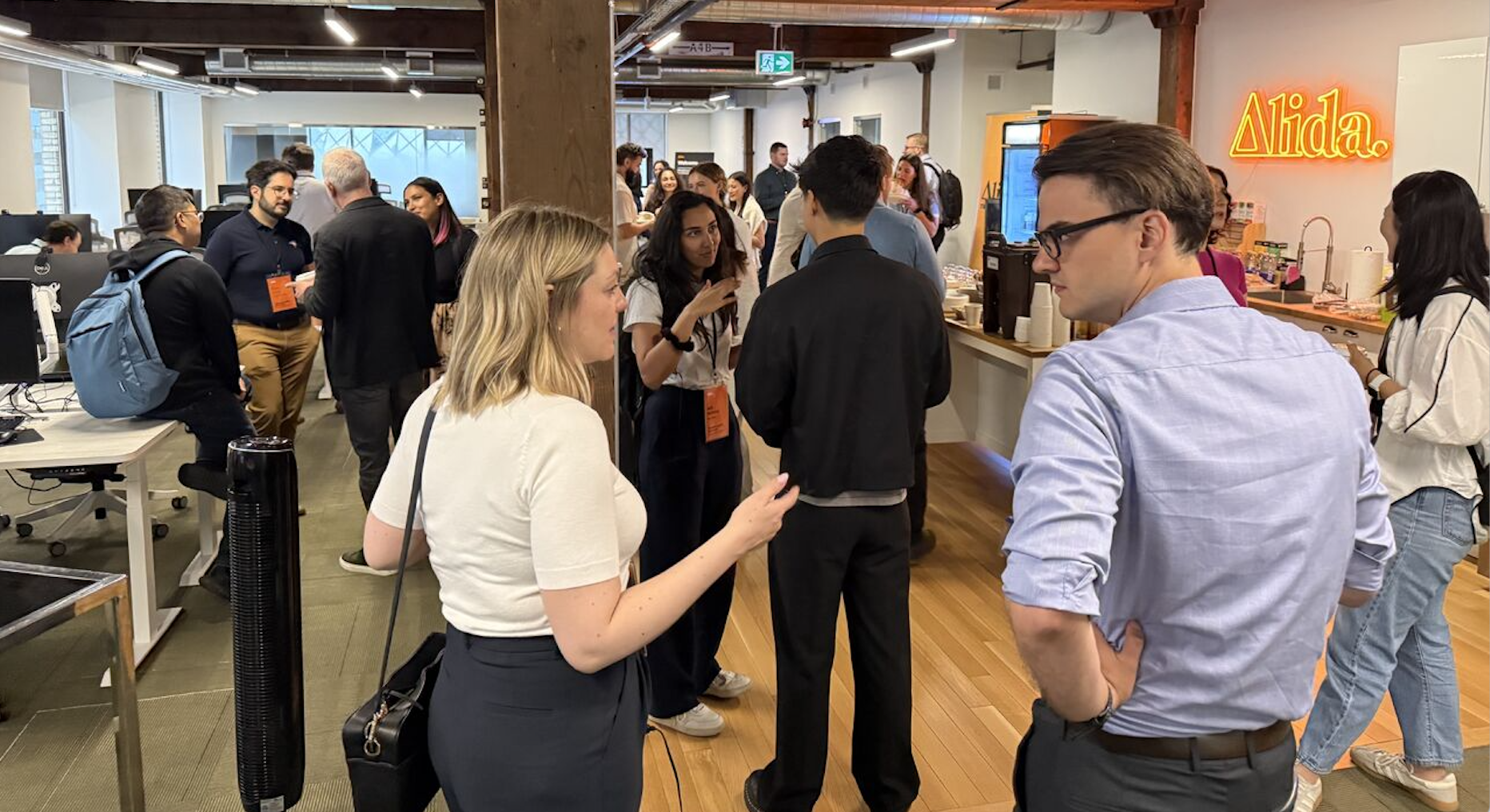Participant recruitment is central to the quality of UX research. But recruiting the right people can be a full-time job on top of the research itself.
Below you’ll find answers to commonly asked questions about recruiting participants for UX research studies. Learn how you can recruit high quality participants faster, at lower cost, so you can scale your UX research process and feel confident in your results.
Where can you find UX research participants?
UX researchers have several options for participant recruitment:
1. Employing UX research recruiting services
Traditionally, recruiting services were the only option for finding UX research participants. These companies have proprietary panels that they build to serve multiple clients. Working with recruiting services can be expensive and time-consuming. In addition to UX research participants, you’ll also be paying for overhead staff, such as recruiters and project managers. Fielding a 15-20 panel for a focus group or IDIs can take weeks and cost tens of thousands of dollars.
2. Self-serve recruiting
A growing trend in the UX research field, self-serve online recruiting sites provide a less expensive option for UX research recruiting and can help you find niche participants. However, self-serve UX research recruiting puts the onus on the UX research team to identify participants and manage the process.
3. Your own customer insight community
Leveraging a customer insight community as a UX research platform is the most efficient and cost-effective way to identify and engage UX research participants. Companies that regularly conduct UX research build private, digital communities to embed the user voice in product development and other business decisions. Customer insight communities include people who have opted-in to provide their feedback and are excited to share their thoughts. Because members of your community are known users, you can easily match up their feedback with their product usage, purchases, and other behaviors, so you can easily segment studies and analyze findings for different cohorts.
What should you include in a recruitment screener for UX research?
If you’re working with a UX research recruiting company, they’ll ask you to fill in a screener with 15-25 questions. If you’re going the self-serve route or recruiting research participants from within your insight community, it’s still a good idea to develop a screener you’ll use internally and with your stakeholders.
The questions on a UX recruitment screener are relative to the type of UX research study you’ll conduct. If you want to dig deep with a specific segment of your user base, you’ll need detailed demographic and psychographic questions. In addition, you’ll want to include questions that help you understand the context under which participants use your product or service, such as the type of device or operating system.
Keep an eye on the number of questions you use in the screener. The more questions, the more likely potential participants are to abandon the process. If you’re recruiting UX participants from a customer insight community, you’ll have the ability to store dozens of profile attributes for your members, so you won’t need to re-ask questions you already know the answer to.
How can UX research recruiting support inclusive design?
For results to be effective and unbiased, UX research participants must accurately represent the diversity of your customer base. Only then can UX teams design products and experiences that address different contexts and requirements, and support the full scope of potential users.
You may need to make extra efforts or build in some extra time to recruit a diverse user panel. Also consider that some UX research participants may need extra care, such as older people, people with disabilities, and those who are not native speakers of the language in which you conduct the research. Make sure any technology or processes you use to conduct your UX research are accessible to all participants.
How can you reduce UX research recruitment time?
Christopher Paul, Sunbelt Rentals’ VP of Digital Products Strategy, Design and Delivery, shifted his UX research strategy to include an insight community. The change reduced recruitment time from weeks to days.
“The biggest time sink in UX research is finding, recruiting, and identifying participants,” he shares. “Now, our community gives us access to hundreds of users across roles, responsibilities, and regions ready and expecting to be a part of the conversation.”
Drew Ford, Lead UX Researcher at MuleSoft, had a similar experience. His UX research team needed to talk with IT power users – a difficult group to reach and verify. They built out a targeted and vetted community of hundreds of power users and now get answers to UX research questions within a day.
Christopher and Drew’s experiences are common among UX research teams that partner with Alid to put community at the center of their research strategy. A community solution for UX research delivers:
- 5X faster participant recruitment
- 2X faster overall project completion time
- 20% higher participant response rates
- 60% cost savings per project
What if you want to follow up with UX research participants?
Sometimes a participant shares something that brings up more questions than it answers, and you’d like to learn more.
This can be tricky if you rely on UX research recruitment companies or online panels. That’s because they’ve agreed to maintain the anonymity of participant information. If you want to follow up with someone, the company must reach out to the participant for approval, which can take weeks if the person agrees at all.
With a customer insight community, on the other hand, you can recontact UX research participants to dig deeper and track changes in their responses over time.
Should you provide incentives for UX research participants?
Whether you offer incentives for UX research can depend on the type of participants you want to include in your study, how much time they need to take, and the level of their participation. For some UX research participants, being part of the product development process, especially for a brand they love, can be reward enough. For many others, however, incentives are expected. Incentives positively impact your response rates and show rates for UX research.
Incentives typically range from $50 to $150. They can include Amazon gift cards or donations to a participant’s charity of choice. When considering incentives, be aware that some research participants, such as government employees, may not be able to accept them.
Learn more UX research best practices
Recruiting participants for UX research is a critical part of your UX research program. To learn more ways to optimize UX research operations, read User Experience (UX) Research Best Practices to Increase Accuracy, Efficiency, and Trust.
Alida’s team of UX research experts is here to support your journey. Let us know how we can help.







